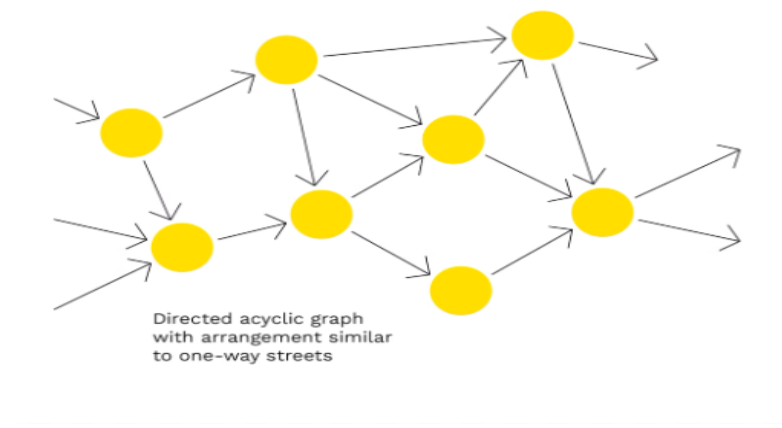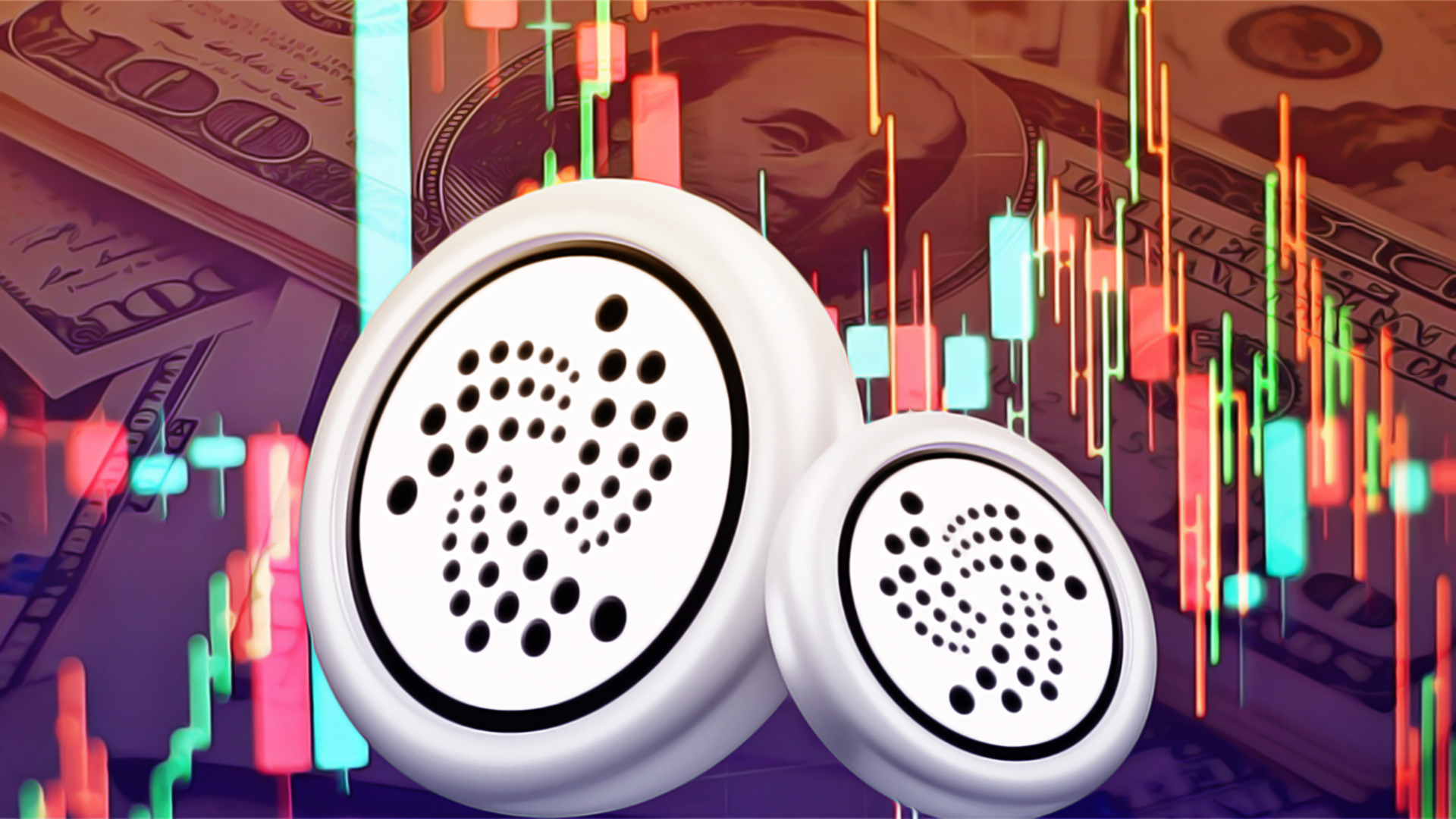- The IOTA network is based on its unique DAG model, The Tangle.
- It focuses on revolutionising the machine economy.
The popularity of Bitcoin, Ethereum, and other cryptocurrencies has led people to believe in the potential of blockchain technology. Several platforms were developed based on this technology, with the latest advancements and innovations in DeFi-based apps. However, when they were developed, the initial idea was to just create an alternative to the present centralised financial system, which was slow, inefficient, and charged high unclear fees. They were not considering interoperability, network scalability, or environmental issues.
Blockchain networks also depend on transaction fees to process transactions. In the future, the use cases of micro-transactions will rise, and it will be foolish to pay more gas fees than the cost itself. Moreover, this gas fee cannot be eliminated either, as it is a vital part of the underlying infrastructure and is used to pay incentives to the miners. This gives it a heterogeneous nature where the blockchain users fall into two classes, the issuers, and approvers of transactions. Thus, it’s high time that a solution to these problems is identified to further increase their use cases and step into the mainstream.
What is the IOTA Network?
IOTA is based on distributed ledger technology (DLT) and is focused on the Internet of Things (IoT) market. IoT devices are those that are connected to the internet through wifi or cellular data and have sensors to process and exchange data with other similar devices.
The future will see the rise of a machine economy where these IoT devices will be economically independent and could initiate, process, and finalise transactions without human intervention. The IOTA network aims to bridge the gap between human and machine economy through its unique DLT technology, The Tangle.
The Tangle is based on Directed Acyclic Graphs (DAGs), where the users are themselves responsible for providing security to the network. If a node needs to perform a new transaction, then it must first approve two previous transactions. The nodes are bound to approve only valid ones because if they approve one that conflicts with the Tangle’s history, then they are taking the risk that other nodes will not verify their transactions. As the number of approvals for a transaction increases, the system gradually accepts it. This ensures that any double-spending transaction is difficult to be validated.

The genesis transaction, which was the originator of the Tangle, started the game by sending all the tokens held in a particular address to several founder addresses. This Genesis transaction was responsible for creating all the tokens, and no tokens will be created in the future. A similar set of transactions is generally not visible to nodes, making the network asynchronous. The Tangle may contain both valid and conflicting transactions; however, the latter are orphaned by nodes.
The hardware required by the users is very ordinary, which ensures a wide range of devices can be connected to the Tangle. As the network does not depend on energy-intensive Proof of Work consensus, single-board computers can also be used to run the protocol.
As the network is distributed across several users and nodes, the case of single-point failure is eliminated. The blockchain model processes transactions in sequence by grouping them in blocks, while Tangle processes them parallelly, enabling it to reach more than 1000 TPS. Thus, there is virtually no limit on the number of participants joining the network. The network is leaderless and does not depend on a few selected nodes for its security. Each node has equal power in ringing the alarm when seeing a potentially conflicting transaction, alerting others.
Conclusion
MIOTA is the native token of the network, which can be used to perform transactions. The network is working on various projects with renowned companies like Dell, Intel, Zebra Technologies, ETO Gruppe, and Jaguar Land Rover, among others, to incorporate the IoT-based machine economy in devices and shape the future of micro-transactions through its no-gas fee model

